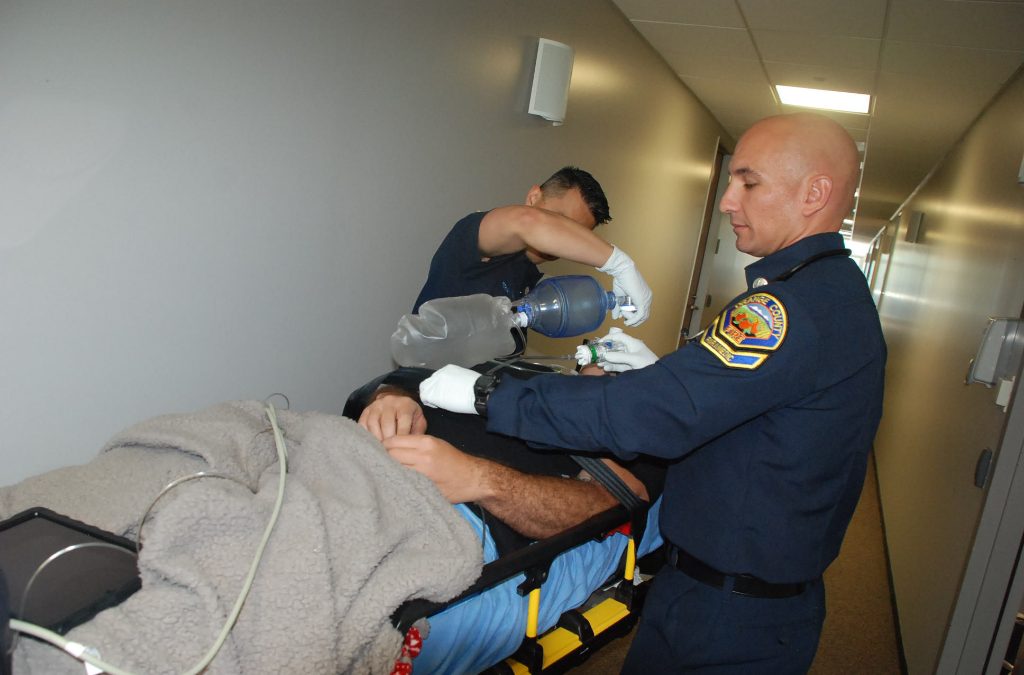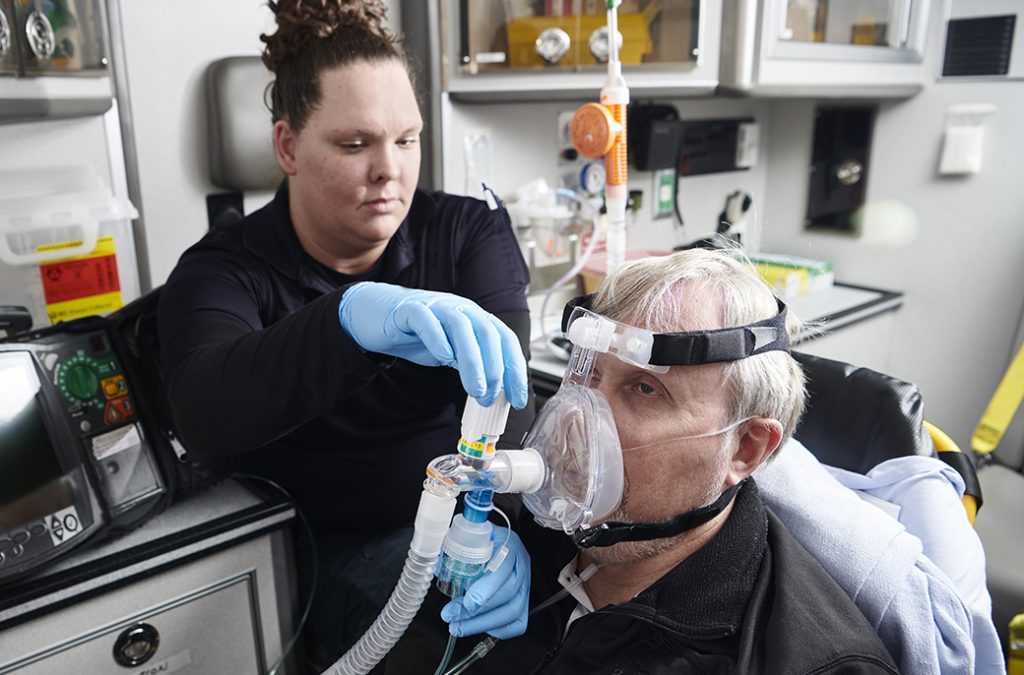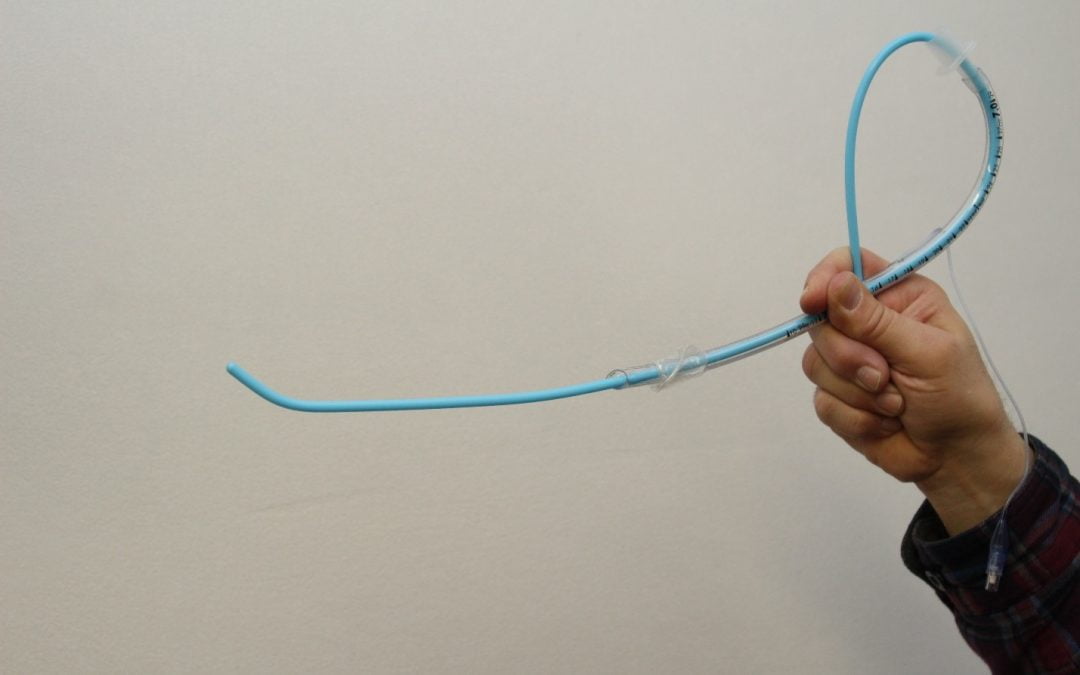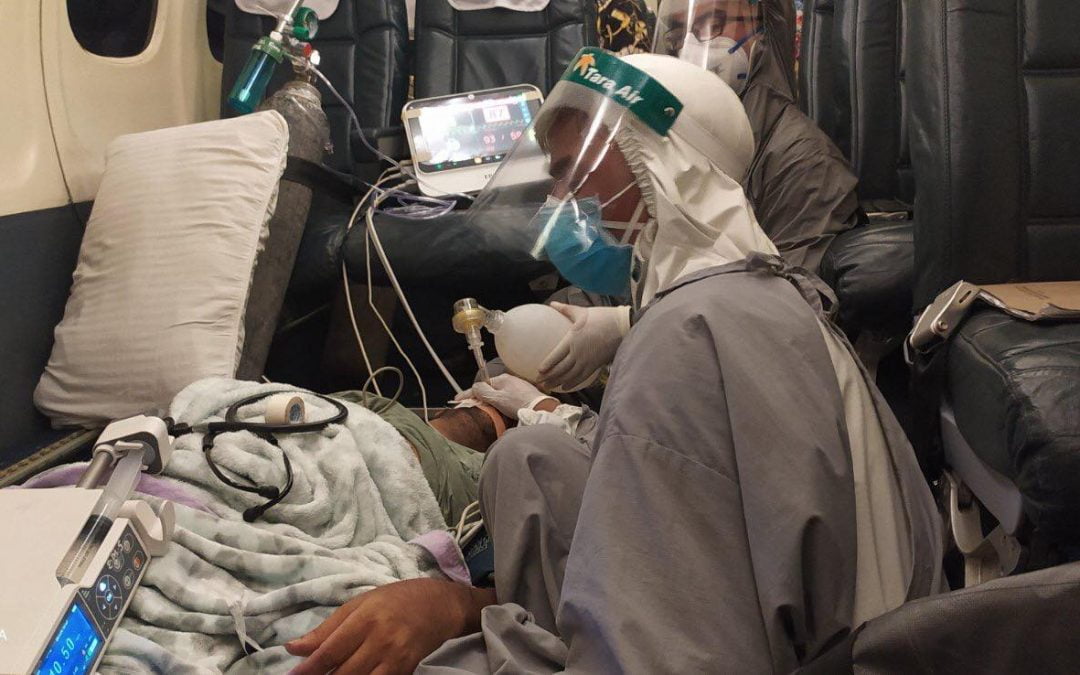
Decreasing COVID-19 Patient Risk and Improving Operator Safety with the AIROD® During Endotracheal Intubation
A case series of first-attempt intubations using the AIROD®, a single-use telescopic bougie, when intubating COVID-19 patients.

A case series of first-attempt intubations using the AIROD®, a single-use telescopic bougie, when intubating COVID-19 patients.

To create a standardized approach for understanding the fundamentals of positive end expiratory pressure (PEEP), the authors have developed the acronym “SOKET” for EMS clinicians at both the BLS and ALS level to remember the core principles of implementing PEEP in their practice.

Asthma is a serious life-threating condition that can present benignly one minute and turn into respiratory failure in a heartbeat.

Wildfires churning out dense plumes of smoke as they scorch huge swaths of the U.S. West Coast have exposed millions of people to hazardous pollution levels.

Reported first-attempt success rates are only between 20% and 73%, and those with the least experience have the lowest success rates, writes Eric Rottenberg.

The mission was to bring a 47-year-old male patient from Biratnagar to the Hospital for Advanced Medicine and Surgery in Kathmandu, Nepal.
Recent Comments